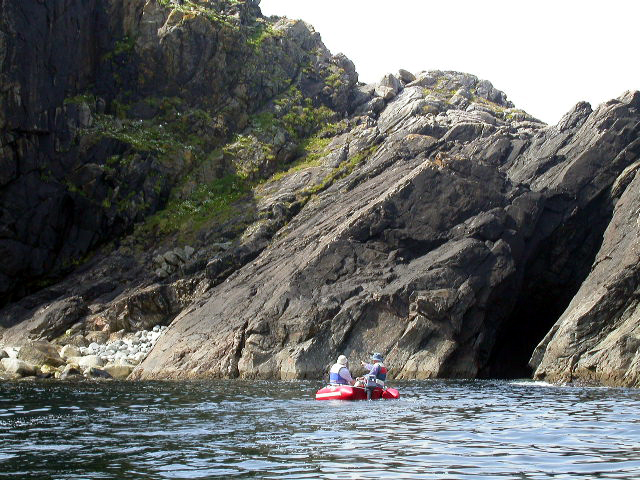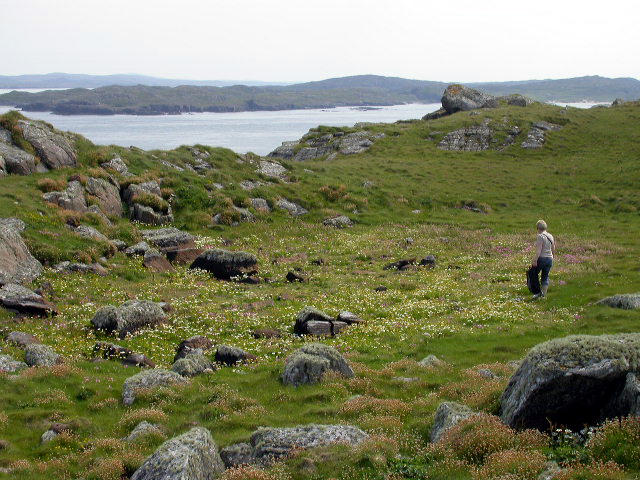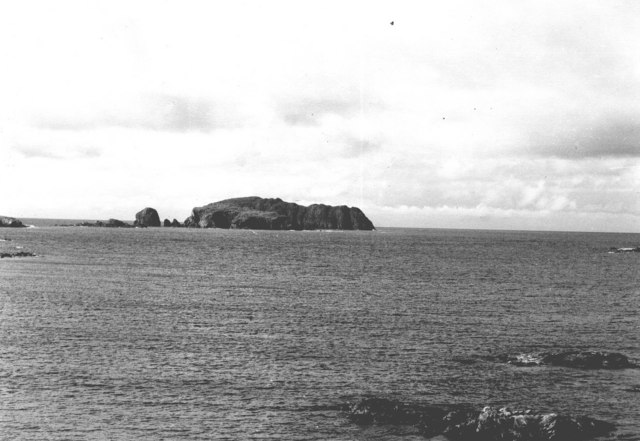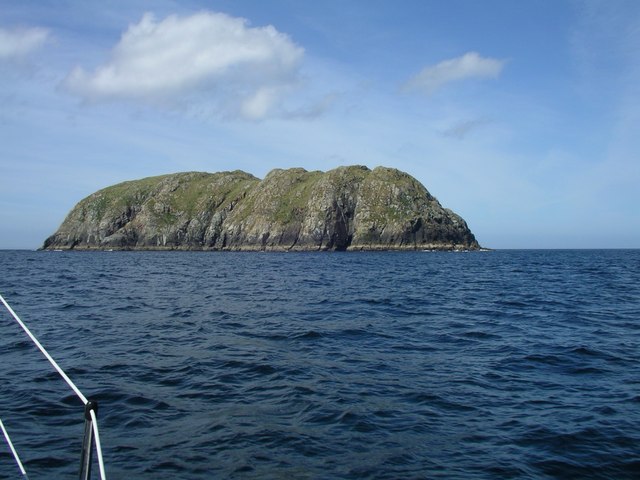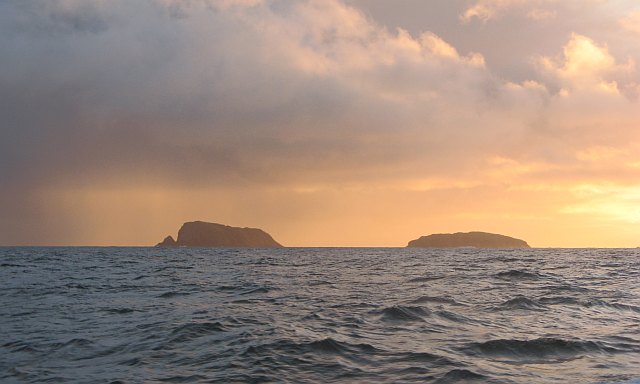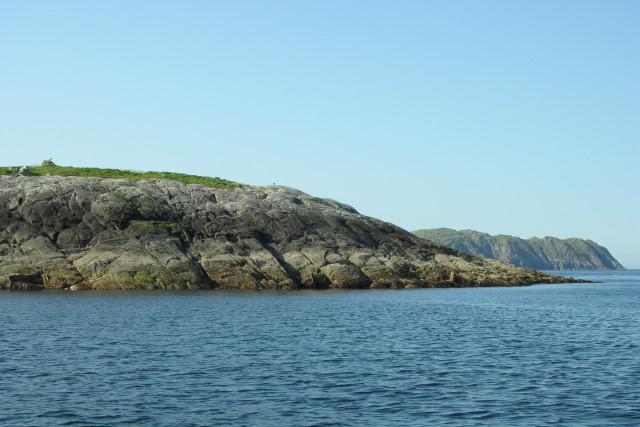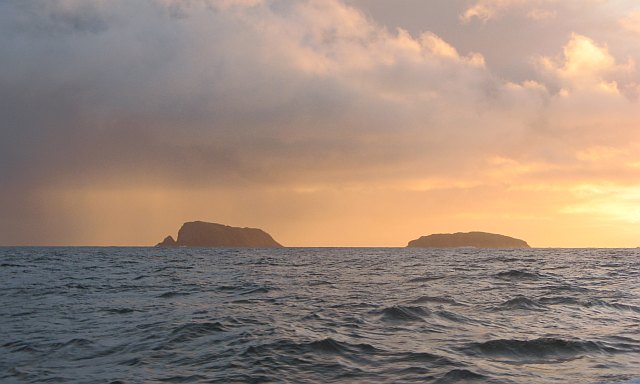Cleit a' Stac
Island in Ross-shire
Scotland
Cleit a' Stac

Cleit a' Stac is a small uninhabited island located off the coast of Ross-shire, Scotland. It is situated in the North Atlantic Ocean, approximately 2.5 kilometers northwest of the mainland. The island measures just 300 meters in length and 150 meters in width, making it relatively small in size.
The landscape of Cleit a' Stac is characterized by rugged, rocky terrain, with steep cliffs rising up to 30 meters above sea level. The island is covered in thick vegetation, primarily consisting of grasses, shrubs, and some scattered trees. It provides a habitat for various bird species, including gulls, puffins, and cormorants.
Access to Cleit a' Stac is primarily by boat, as there are no bridges or causeways connecting it to the mainland. The island is a popular destination for birdwatchers and nature enthusiasts, who visit to observe the diverse birdlife and enjoy the tranquil surroundings.
While Cleit a' Stac does not have any permanent human residents, it does hold historical significance. There are remnants of ancient structures, including a small stone building believed to have been used by fishermen or hermits in the past.
Overall, Cleit a' Stac offers visitors a unique experience to explore a remote, natural island with stunning coastal views and abundant wildlife. It is a place of tranquility and natural beauty, attracting those seeking a break from the bustling mainland.
If you have any feedback on the listing, please let us know in the comments section below.
Cleit a' Stac Images
Images are sourced within 2km of 58.275575/-6.9162588 or Grid Reference NB1142. Thanks to Geograph Open Source API. All images are credited.

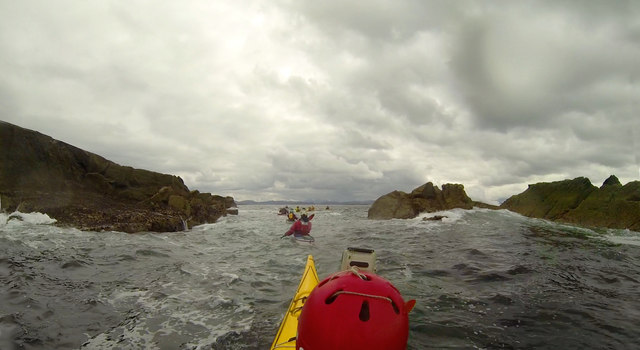
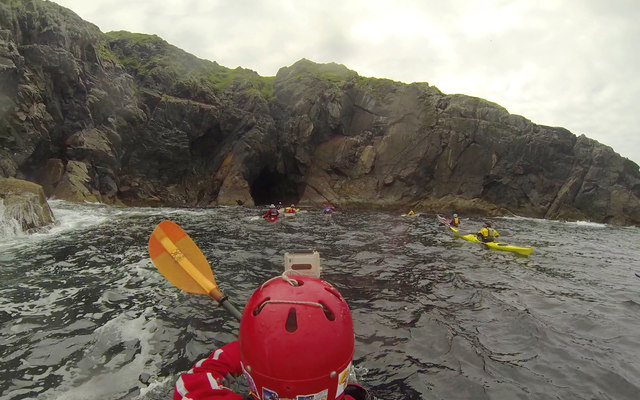
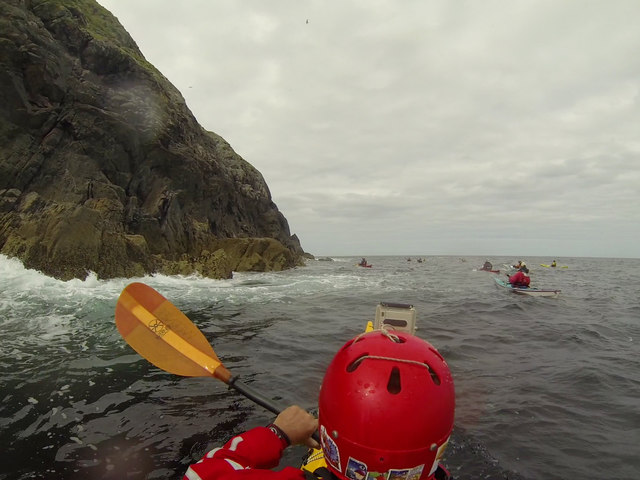
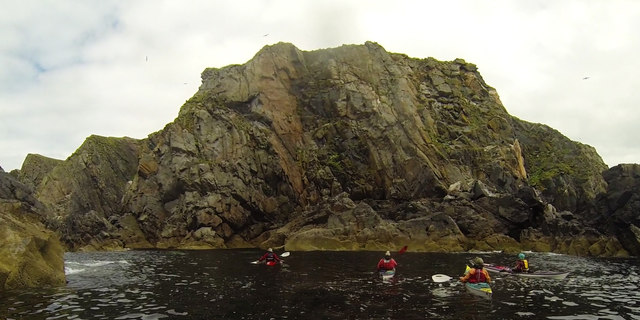
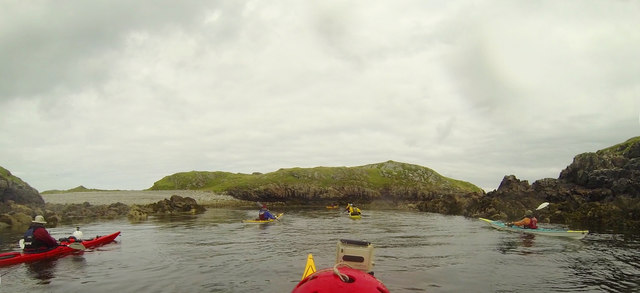
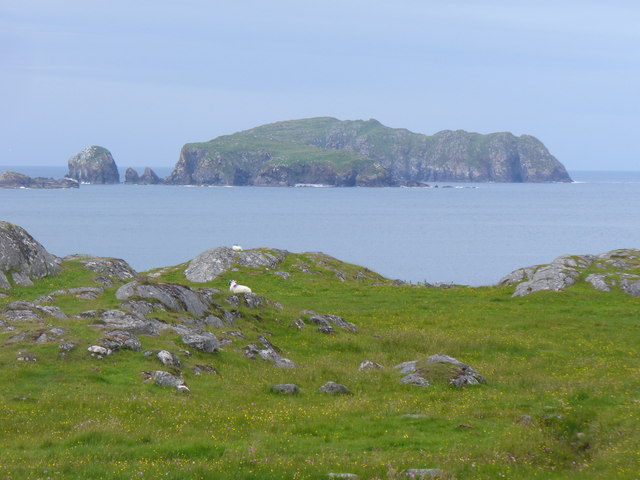
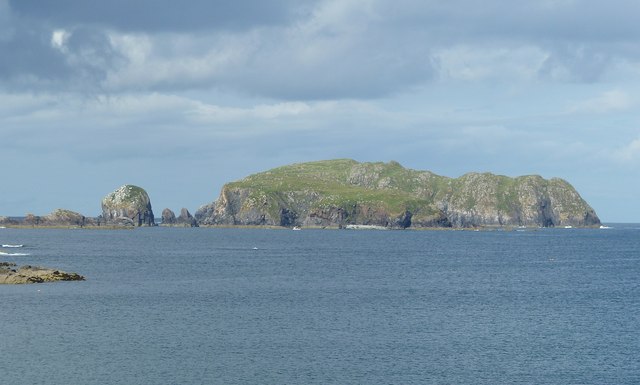
![Stac an Tùill This remarkably lumpy little stack is Stac an Tùill, it lies immediately to the southwest of Bearasaigh (<a href="https://www.geograph.org.uk/photo/2646866">NB1242 : Bearasaigh in front of Seanna Chnoc</a>). I can&#039;t find a definitive height for it, but as Bearasaigh&#039;s highest point is 58m I would estimate that Stac an Tùill achieves about 40m (c. 130ft)
[Edit] The latest OS map gives a height of 43m](https://s2.geograph.org.uk/geophotos/02/64/68/2646870_d9cfdc53.jpg)
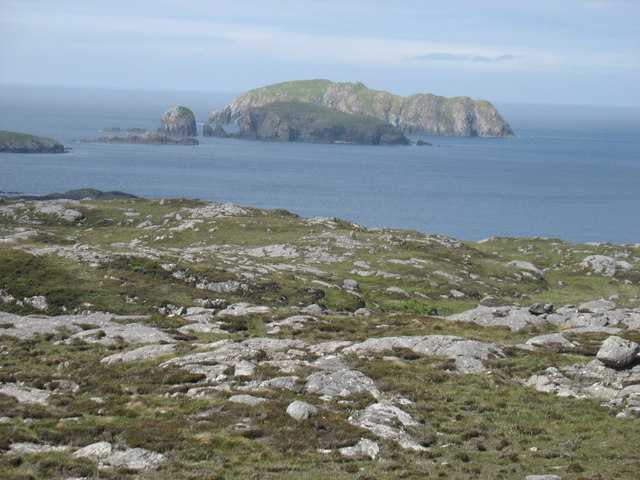

Cleit a' Stac is located at Grid Ref: NB1142 (Lat: 58.275575, Lng: -6.9162588)
Unitary Authority: Na h-Eileanan an Iar
Police Authority: Highlands and Islands
What 3 Words
///footsteps.panicking.crackles. Near Carloway, Na h-Eileanan Siar
Nearby Locations
Related Wikis
Bearasaigh
Bearasaigh or Bearasay (and sometimes Berisay) is an islet in outer Loch Ròg, Lewis, Scotland. During the late 16th and early 17th centuries it was used...
Seanna Chnoc
Seanna Chnoc (English: "old hill"), correctly known as Seana Bheinn is an islet in outer Loch Ròg, Lewis, Scotland. It lies north west of Great Bernera...
Flodaigh (Outer Loch Ròg)
Flodaigh is an islet in outer Loch Ròg, Lewis, Scotland. It lies north west of Great Bernera and Little Bernera, south of Bearasaigh and Seanna Chnoc and...
Campaigh
Campaigh or Campay is a steep and rocky islet in outer Loch Ròg, Lewis, Scotland that lies north of Cealasaigh and Little Bernera. A huge natural arch...
Cealasaigh
Cealasaigh or Kealasay is an islet in outer Loch Ròg, Lewis, Scotland that lies north of Traigh Mhór on Little Bernera and south of Campaigh. To the west...
Little Bernera
Little Bernera (Scottish Gaelic: Beàrnaraigh Beag) is a small island situated off the west coast of the Isle of Lewis in the Outer Hebrides.Little Bernera...
Bernera Riot
The Bernera Riot occurred in 1874, on the island of Great Bernera, in Scotland in response to the Highland Clearances. The use of the term 'Bernera Riot...
Pabaigh Mòr
Pabay Mòr or Pabaigh Mòr is an uninhabited island in the Outer Hebrides of Scotland. == History == The island's name comes from papey, an Old Norse name...
Have you been to Cleit a' Stac?
Leave your review of Cleit a' Stac below (or comments, questions and feedback).
